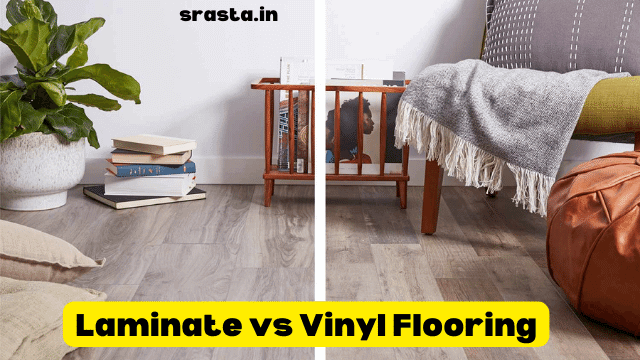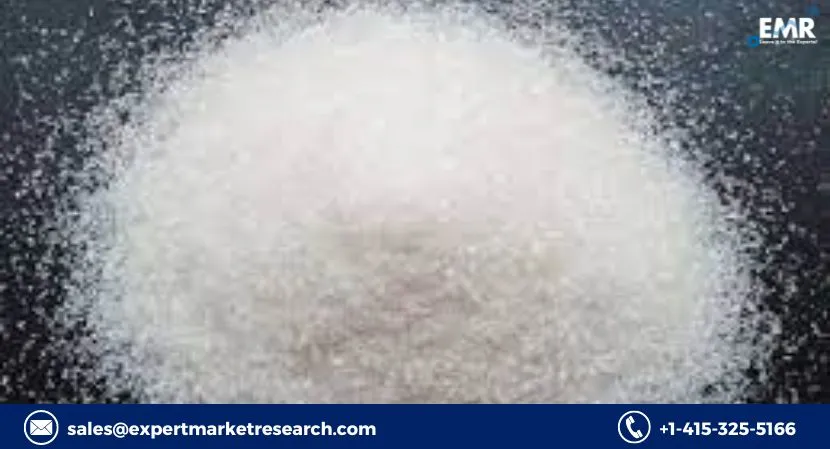When it comes to choosing the flooring for your home, there are numerous options available, each with its unique set of benefits and drawbacks. Among the popular choices are laminate and vinyl flooring, both of which offer durability, affordability, and a range of design options. However, they differ in terms of composition, installation, and overall performance. In this article, we’ll delve into the characteristics of laminate and vinyl flooring to help you make an informed decision for your space.
Composition and Material
Laminate flooring is composed of multiple layers, typically consisting of a wear layer, a decorative layer, an inner core, and a backing layer. The wear layer is a transparent, protective top coat that shields the floor from stains, fading, and wear and tear. The decorative layer is a high-resolution photograph that mimics the appearance of natural materials such as wood or stone. The inner core is usually made of high-density fiberboard (HDF) or medium-density fiberboard (MDF), providing stability and structural support. The backing layer adds additional support and moisture resistance.
Vinyl flooring, on the other hand, is made of synthetic materials, primarily PVC (polyvinyl chloride) and other additives. It consists of several layers, including a wear layer, a printed or embossed design layer, a core layer, and a backing layer. The wear layer protects the floor from scratches, stains, and UV rays. The design layer features a high-quality print that replicates the look of natural materials. The core layer, made of foam or felt, provides resilience and comfort underfoot. The backing layer adds stability and moisture resistance.
Appearance and Design Options
Laminate Flooring:
Laminate flooring is known for its realistic wood or stone appearance. Thanks to advancements in printing technology, laminate can convincingly emulate various textures, colors, and patterns found in natural materials. This makes it a versatile choice for homeowners who want the aesthetic appeal of hardwood or stone without the associated cost and maintenance.
Vinyl Flooring:
Vinyl flooring offers a broad spectrum of design possibilities. It can mimic not only wood and stone but also ceramics, metals, and other materials. Additionally, vinyl often comes in a variety of formats, including planks and tiles, allowing for creative installations like herringbone patterns or unique designs. The versatility of vinyl makes it suitable for almost any room in the house.
Installation
Laminate Flooring:
Laminate flooring is typically installed using a floating floor system, where individual planks or tiles lock together without the need for adhesive. Some laminate products come with pre-attached underlayment, simplifying the installation process. While it is considered a DIY-friendly option, proper subfloor preparation is crucial for a successful and long-lasting installation.
Vinyl Flooring:
Vinyl flooring is available in both glue-down and click-lock (floating) installations. Glue-down vinyl requires adhesive for attachment to the subfloor, providing a more permanent solution. Click-lock vinyl, on the other hand, is similar to laminate, allowing for a straightforward, adhesive-free installation. Both methods make vinyl a popular choice for those looking to tackle a flooring project themselves.
Durability and Maintenance
Laminate Flooring:
Laminate flooring is known for its durability, resisting scratches, stains, and fading. The wear layer serves as a protective barrier against daily wear and tear. While it is relatively easy to maintain, excessive moisture can be detrimental to laminate floors. Therefore, it is not recommended for areas prone to high humidity or standing water.
Vinyl Flooring:
Vinyl flooring is highly resilient and waterproof, making it suitable for moisture-prone areas such as bathrooms and kitchens. The wear layer protects against scratches and stains, and vinyl’s water resistance makes it easy to clean with a damp mop. This feature also makes vinyl a practical choice for households with pets or children.
Cost
Laminate Flooring:
Laminate flooring is often considered a cost-effective alternative to hardwood or stone. While prices can vary depending on the quality and brand, laminate is generally more budget-friendly than many other flooring options.
Vinyl Flooring:
Vinyl flooring is also known for its affordability. It tends to be less expensive than laminate, especially in the entry-level and mid-range categories. This makes vinyl a popular choice for homeowners seeking a stylish yet economical flooring solution.
Conclusion
Choosing between laminate and vinyl flooring ultimately depends on your specific needs, preferences, and the conditions of the space where the flooring will be installed. Laminate flooring offers a realistic wood or stone appearance, durability, and cost-effectiveness, making it a solid choice for various applications. On the other hand, vinyl flooring provides a wider range of design options, exceptional water resistance, and affordability, making it a versatile solution for different areas of the home. Consider your lifestyle, the intended use of the space, and your budget to make the best decision for your flooring project. Whether you opt for the classic appeal of laminate or the modern versatility of vinyl, both choices can enhance the aesthetics and functionality of your home.



